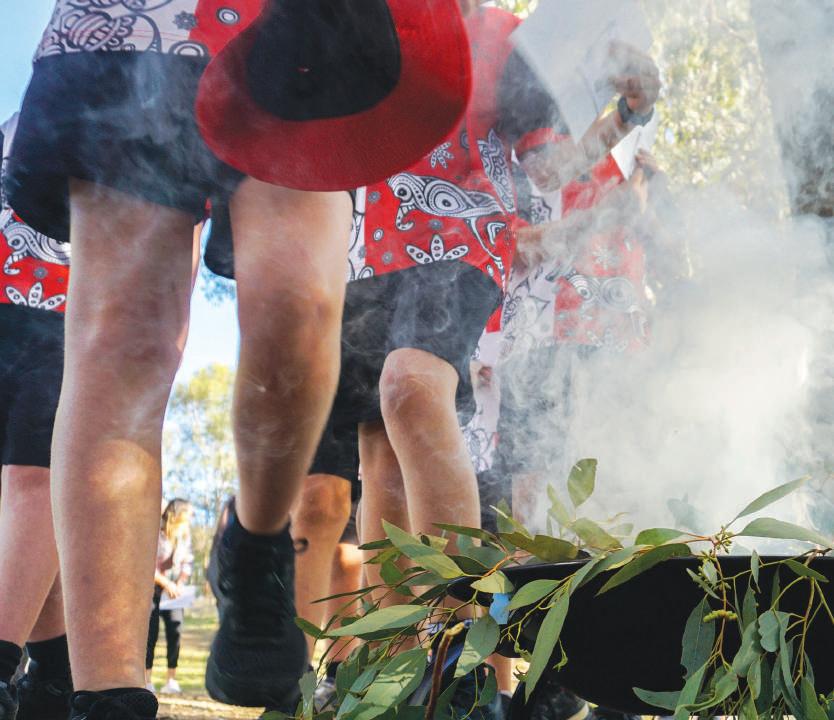
2 minute read
Acknowledgement
We acknowledge the First Nations people on whose traditional lands we meet and work, Taungurung people and pay our respects to their Elders past, present and emerging.
I would like to thank John Beresford, Sissy Hoskin and Professor Jan Carter for the opportunity and significant support in working on this project. To the members of Go Nagambie, thank you for generously providing details and insights into your business and interest in the future of young people in Nagambie region. I am particularly grateful for the insights provided at interviews with Matt Fowles and Georgia Velt (Fowles Wines); Sam Matthews (Swettenham Stud); Peter Johnson (Golden Camel Mining Pty Ltd); Alister Purbrick (Tahbilk Winery); Amy O’Brien (Seymour Health); and Leysa O’Brien (Mitchelton Winery). I would also thank Phil Brown (Country Education Partnership) and Steve Cooper (Strathbogie Shire Council) for their discussion on young people’s opportunities in the Nagambie labour market.
Advertisement
Go Nagambie acknowledges the funding by the Heathcote and Nagambie Community Bendigo Bank for this Youth Futures Project.
Marian Pettit
© Go Nagambie 2022
Apart from fair dealing for the purpose of private study, research, criticism, or review, as permitted under the Copyright Act 1968 and subsequent amendments, no part of this paper may be reproduced by any process without written permission of Go Nagambie (Nagambie Lakes Tourism and Commerce Inc).
Overview
Nagambie businesses are transforming the region into a tourism, wine, hospitality and equine centre. Just 90 minutes from Melbourne people are making the ‘tree change’ to Nagambie. The region provides sustainable career opportunities ranging from the highly qualified engineer, winemaker, viticulturist, skilled technical and trades; to health professionals and a diversity of wine/ hospitality pathways. Nagambie businesses however are experiencing significant skill shortages across occupations and industries. Currently, local businesses have over 150 job vacancies and are expecting the local labour market to grow by 25% (or 340 jobs) in the next two years. One third of the workforce is likely to retire in the next 5-10 years.
The opportunities to reap the rewards of economic growth will continue to be constrained by labour shortages – a holistic regional approach is required.
Local businesses share the same employment challenges and potential solutions. But surprisingly, only 13% of local employees are young people (under the age of 25 years). Young people are experiencing limited career opportunities in Nagambie.
Businesses need to capture the attention of local young people before they leave; tap into the influx of young people from the cities to regional Victoria and encourage experienced local people to return to Nagambie. Young people need to be informed and see their aspirations fulfilled by living in Nagambie.
This report presents insights into Nagambie’s labour market and an approach to lifting young peoples’ aspirations to work locally. Given Nagambie has no local secondary school or TAFE, a young people’s enabling organisation(s) and networks are needed to communicate and link young people to local business. Working together across business, schools, TAFE, governments and young people is essential over the longer term. Skills development remains a critical challenge for businesses and young people in Nagambie – linkage to government initiatives such as fee free TAFE places and Rural Inspire Youth Ambassador Program (RIYAP) are timely opportunities.





